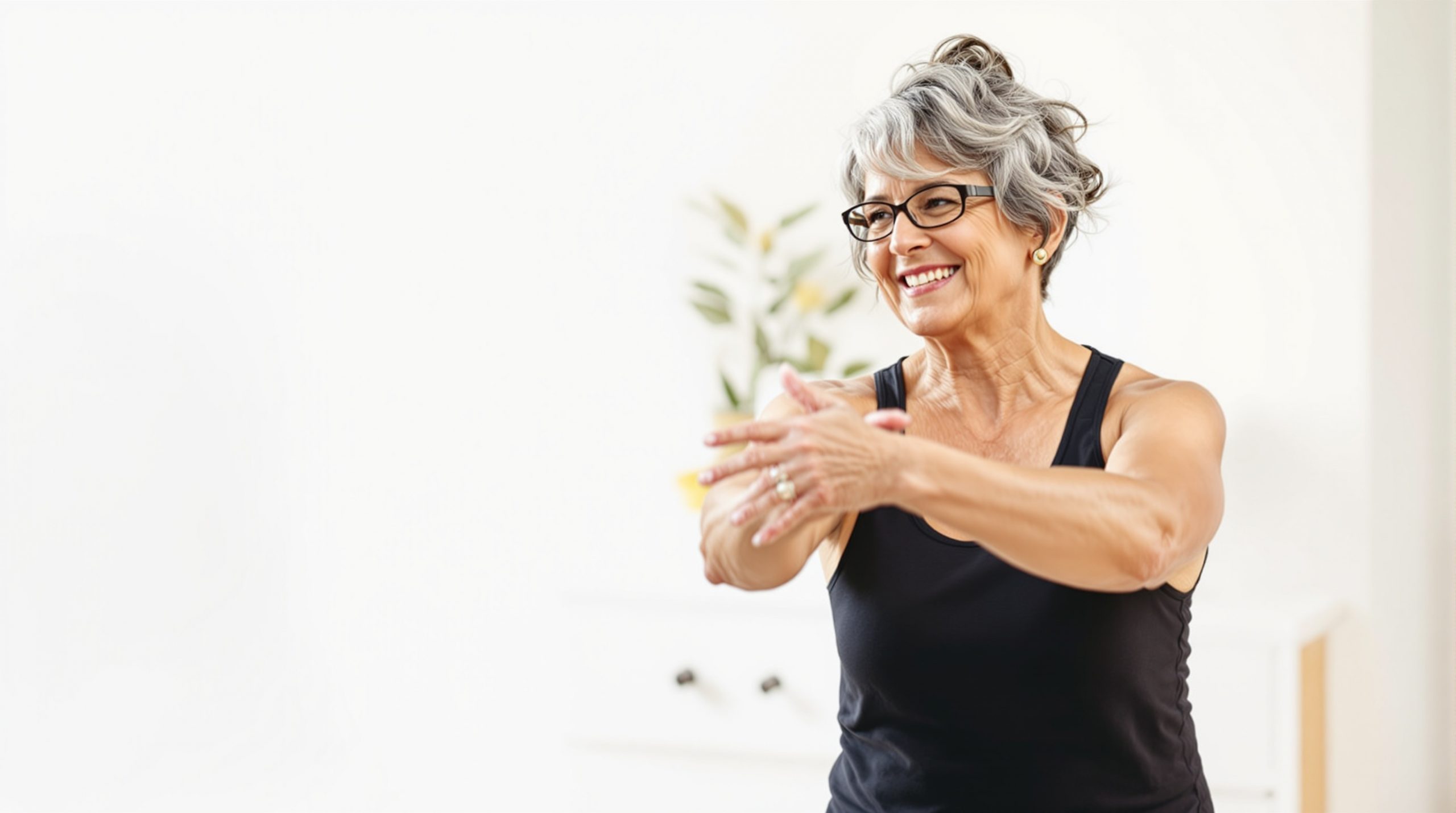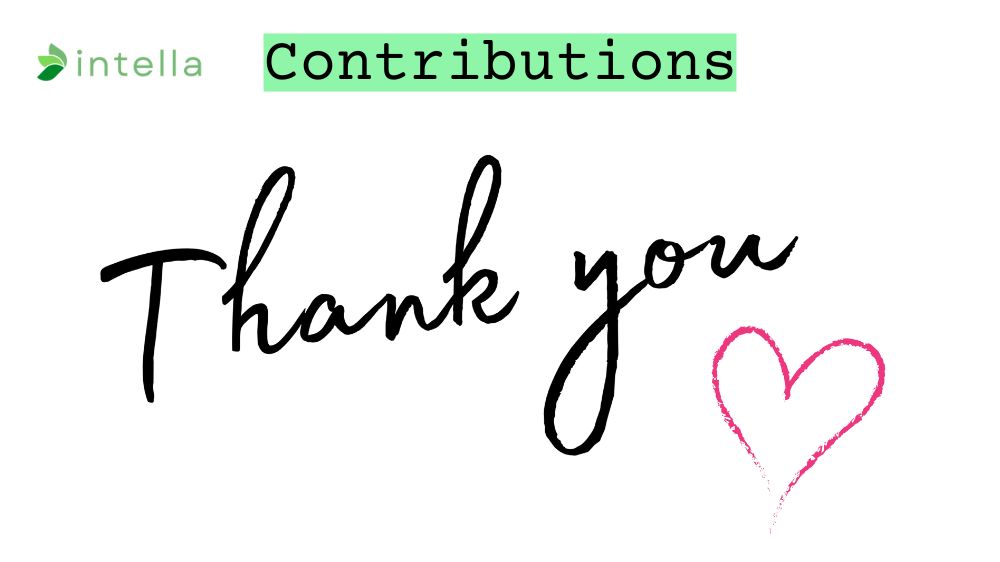In our fast-paced world, we often forget that our bodies are designed to move. Yet movement isn’t just about staying physically fit – it’s a powerful form of medicine that can heal both our minds and bodies. When we engage in gentle exercises, we unlock natural healing processes that no pill can replicate. Let’s explore how simple movements can transform your health and well-being.
The Science Behind Movement as Medicine
When you move your body, even gently, amazing things happen inside you. Your heart pumps more blood, delivering oxygen and nutrients to every cell. Your brain releases endorphins, often called “feel-good” chemicals, which naturally reduce pain and boost your mood. Studies show that regular movement can be as effective as medication for treating depression, anxiety, and chronic pain.
Movement also triggers the production of proteins that help brain cells grow and connect. This means that exercise doesn’t just make your muscles stronger – it literally makes your brain healthier. Research has found that people who move regularly have better memory, clearer thinking, and lower risk of diseases like Alzheimer’s.
Gentle Exercises for Your Body
You don’t need to run marathons or lift heavy weights to experience the healing power of movement. Gentle exercises can be just as beneficial, especially if you’re dealing with health challenges or just starting your fitness journey.
Walking is perhaps the most underrated form of exercise. A simple 20-minute walk can lower blood pressure, improve digestion, and strengthen your bones. Try to walk at a comfortable pace where you can still hold a conversation. If you’re indoors, even walking in place while watching TV counts as beneficial movement.
Stretching is another gentle yet powerful practice. Simple stretches help release muscle tension, improve flexibility, and increase blood flow. Try reaching your arms overhead when you wake up, or gently rolling your shoulders back a few times during the day. These small movements can prevent stiffness and reduce pain.
Swimming or water aerobics offer excellent low-impact exercise options. The water supports your body weight, making movement easier on your joints while still providing resistance to build strength. Even simply walking in water provides therapeutic benefits.
Movement for Mental Wellness
Your mind and body are deeply connected, and movement serves as a bridge between them. When you’re feeling stressed or anxious, gentle movement can help calm your nervous system and clear your thoughts.
Tai chi, often described as “meditation in motion,” combines slow, flowing movements with deep breathing. This ancient practice has been shown to reduce anxiety, improve balance, and enhance overall quality of life. The gentle, repetitive movements help quiet racing thoughts and bring you into the present moment.
Yoga is another practice that beautifully blends physical movement with mental wellness. Even basic yoga poses can help you develop body awareness, reduce stress hormones, and improve your mood. You don’t need to be flexible to start – yoga meets you where you are and helps you progress at your own pace.
Dancing, whether in a class or alone in your living room, combines movement with music for a powerful mood boost. It doesn’t matter if you follow specific steps – just moving to music you enjoy releases tension and brings joy.
Creating Your Personal Movement Practice
Starting a movement practice doesn’t require expensive equipment or gym memberships. The key is finding activities you enjoy and building them into your daily routine.
Begin with just five to ten minutes a day. This might mean stretching when you get out of bed, taking a short walk during lunch, or doing gentle exercises while watching evening TV. Small, consistent efforts are more valuable than occasional intense workouts.
Listen to your body and respect its limits. Movement should feel good, not painful. If something hurts, stop and try a gentler variation. Remember, this is about healing and nurturing your body, not pushing it to exhaustion.
Consider keeping a movement journal where you note how different exercises make you feel. You might discover that morning stretches help you feel more energized, while evening walks help you sleep better. This awareness helps you create a personalized routine that serves your unique needs.
Overcoming Common Barriers
Many people face obstacles when trying to incorporate more movement into their lives. If you have chronic pain or illness, work with your healthcare provider to find appropriate exercises. Often, gentle movement can actually help manage symptoms, but it’s important to get professional guidance.
If you’re short on time, remember that movement can be woven into existing activities. Park farther away, take the stairs, or do calf raises while brushing your teeth. These micro-movements add up throughout the day.
For those who feel self-conscious about exercising, remember that movement is deeply personal. You don’t need to look a certain way or perform at a certain level. Your body’s ability to move, in whatever capacity, is something to celebrate and nurture.
The Ripple Effects of Regular Movement
When you make movement a regular part of your life, the benefits extend far beyond physical fitness. You might find yourself sleeping better, having more energy for daily activities, and feeling more confident in your body’s abilities.
Regular movement also creates positive momentum in other areas of life. When you feel good physically, you’re more likely to make healthy food choices, maintain social connections, and pursue activities that bring you joy. Movement becomes a keystone habit that supports overall well-being.
As you continue your movement journey, remember that every step, stretch, and gentle exercise is an act of self-care. You’re not just moving your body – you’re practicing medicine in its most natural and accessible form. Your body has an incredible capacity to heal and thrive when given the simple gift of movement. Start where you are, be patient with yourself, and trust in the transformative power of gentle, consistent movement.






